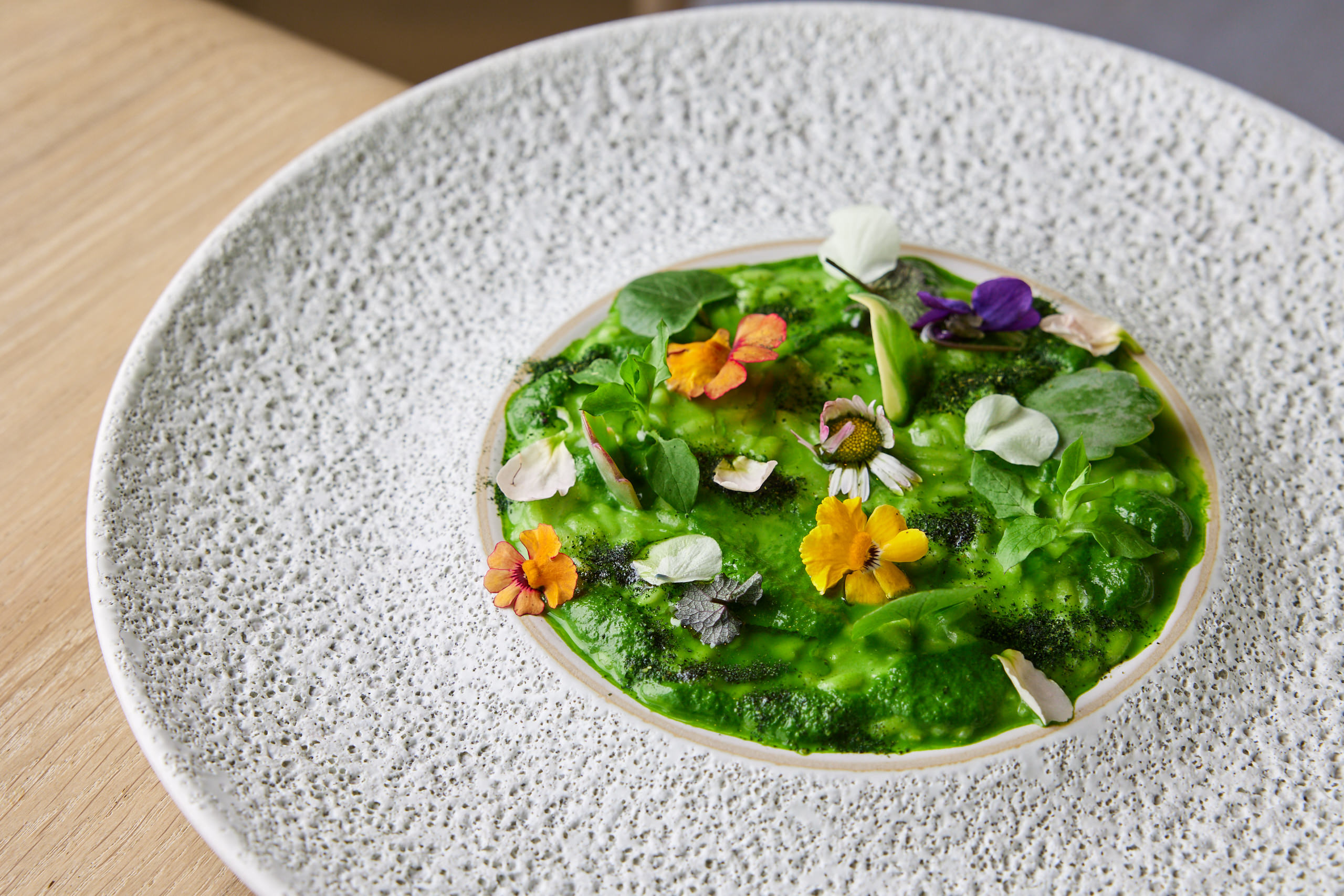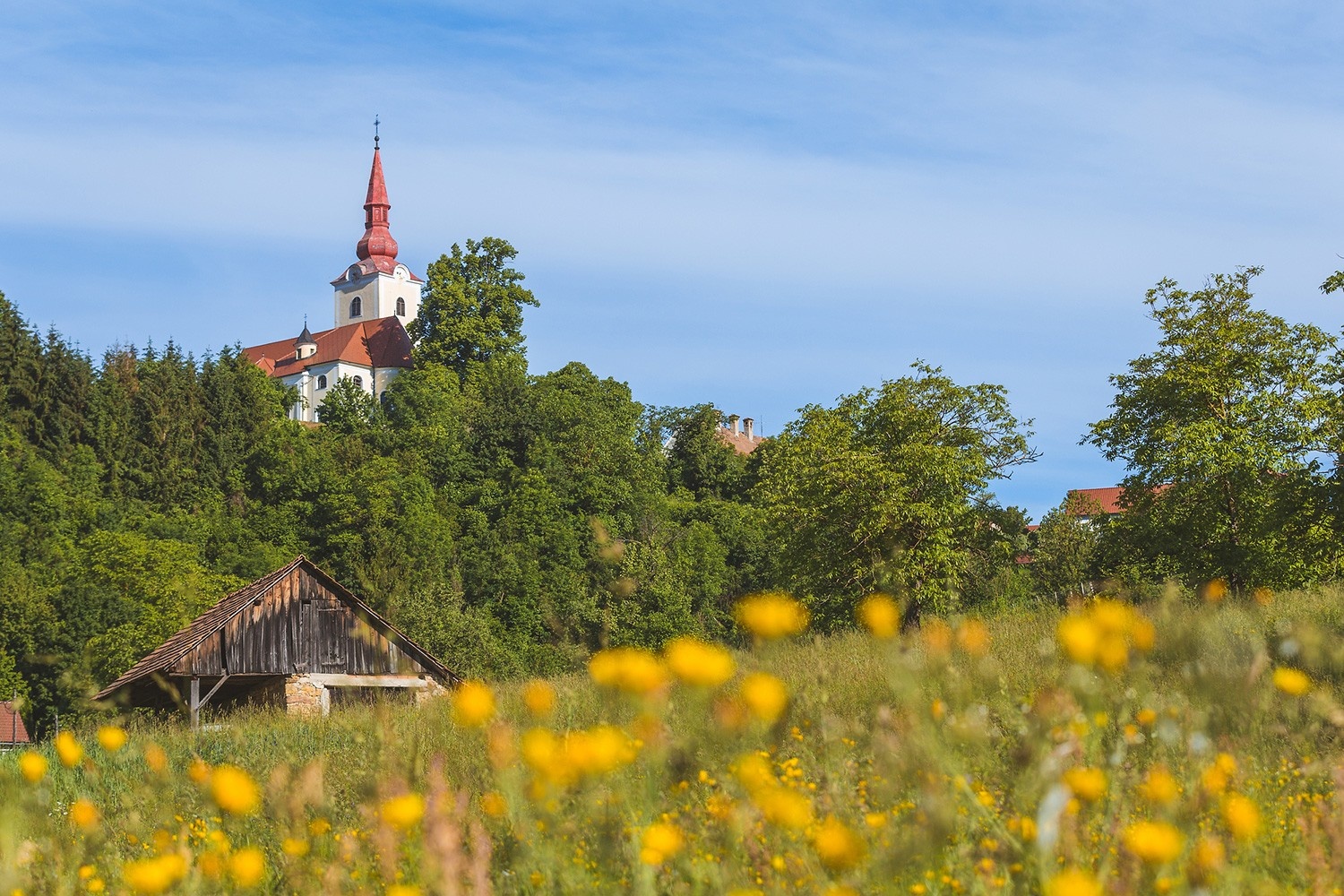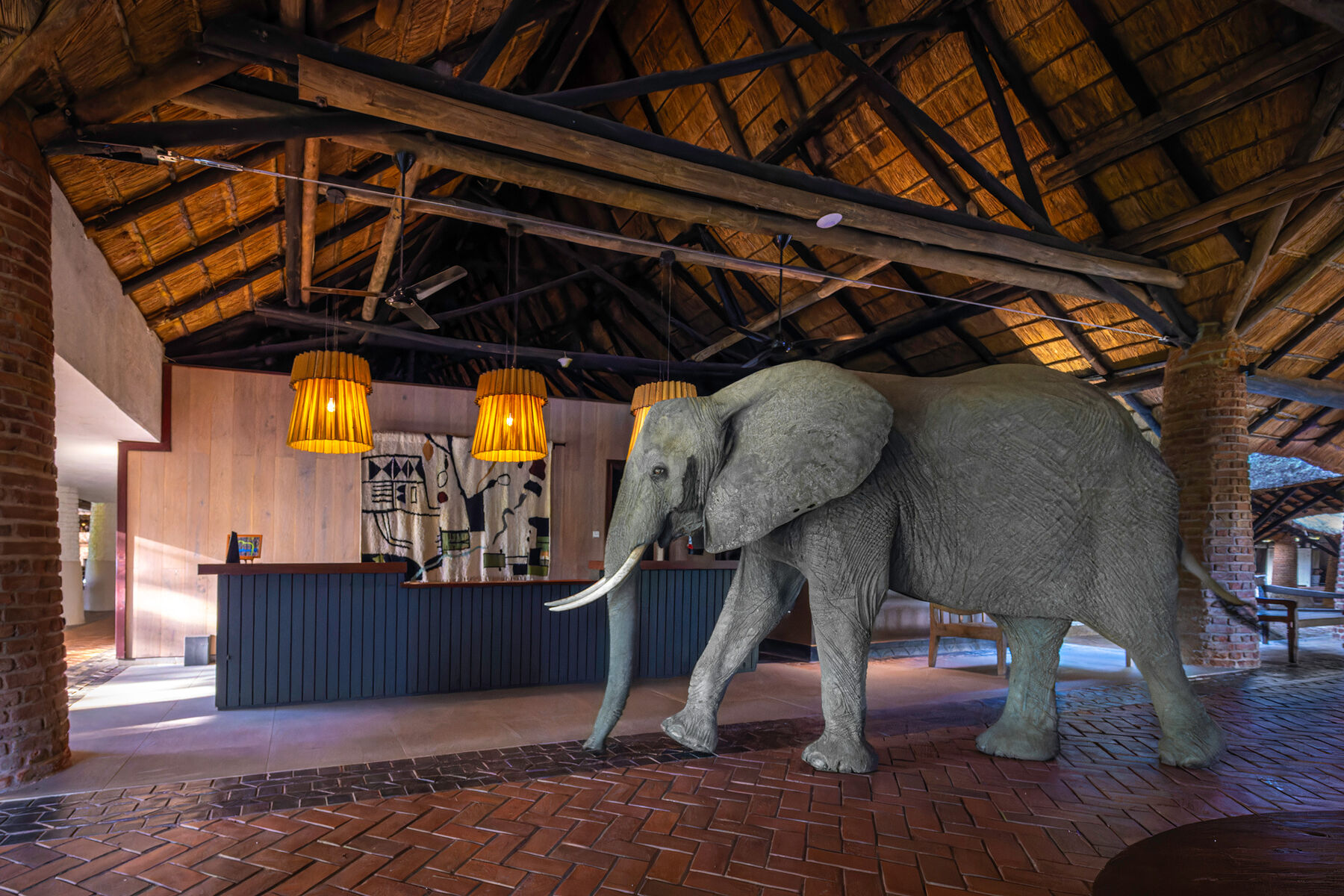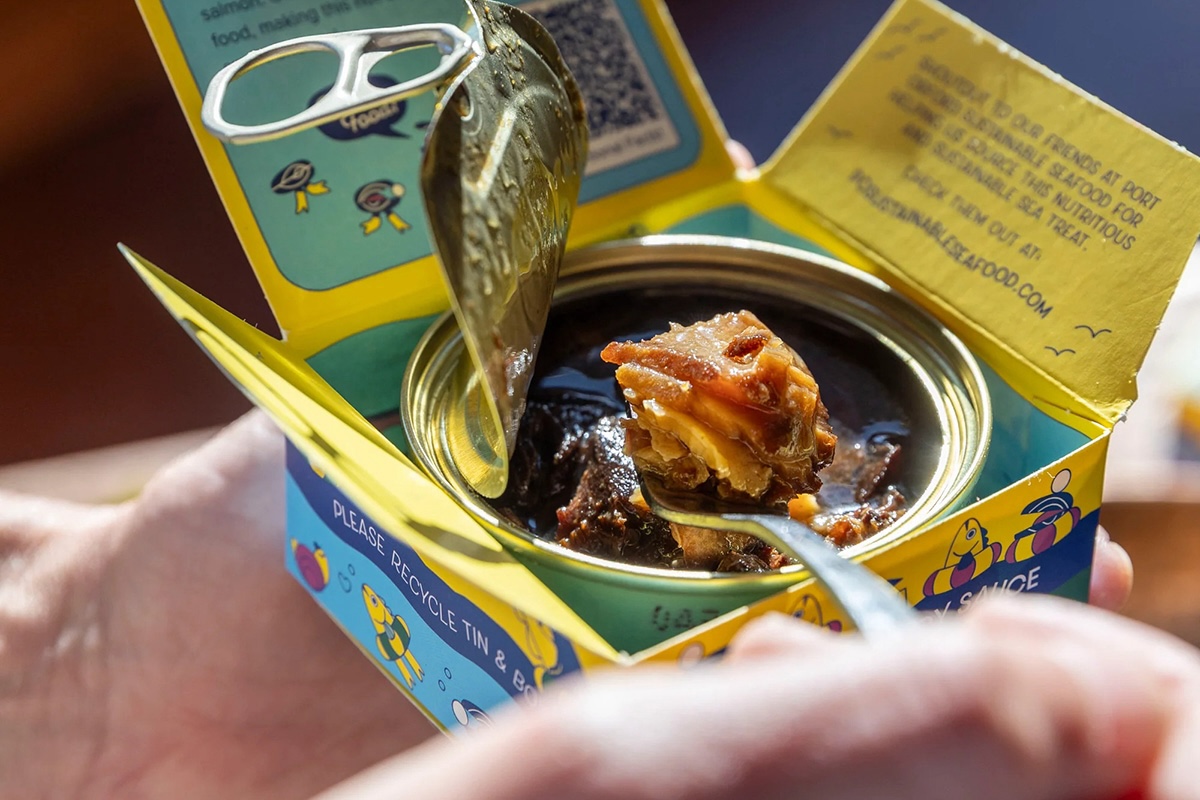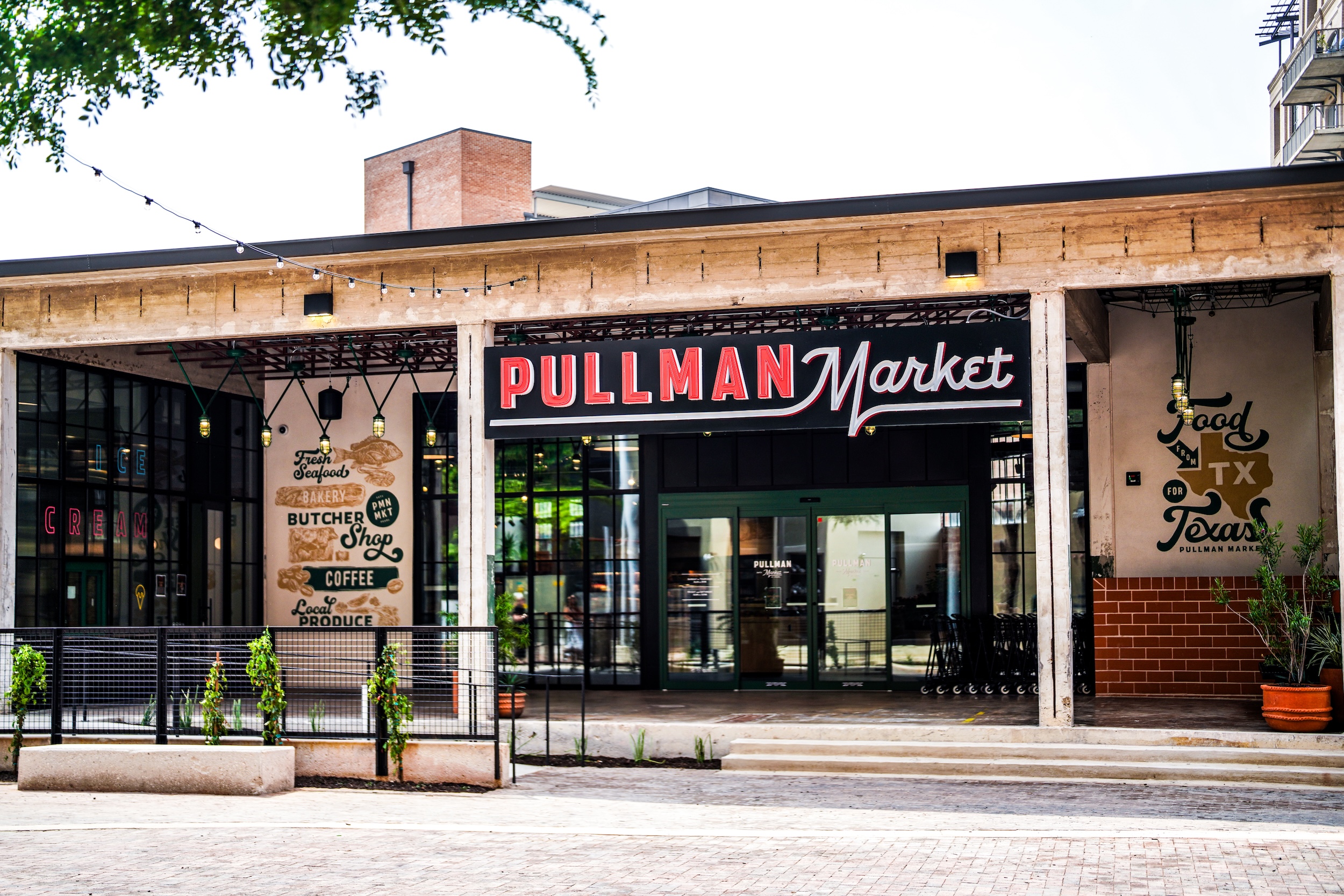NORTH STARS:
Production & Consumption
Carbon Footprint
Waste Management
“It just didn’t make sense to serve these products to international clients. To be honest, in 90% of the restaurants around the world, you eat the same foods.”
Inside the white lofty space of his East London kitchen, Chef Doug McMaster fiddles with a new dish. Tender red shoots, separated from their shovel-shaped leaves, lay scattered across the counter. Known for its health benefits–high levels of Vitamin A, C, and resveratrol–and a taste redolent of lemon-infused rhubarb, the plant makes for delicious eating when harvested in the spring. Asian practitioners of Traditional Chinese Medicine (TCM) dry and grind the bamboo-like canes to ingest for improved circulation and heart health. Across farms and fields of Europe and the United States, however, Japanese knotweed has ravaged landscapes, a pillaging scourge so persistent it pushes its thick canes through cracks in masonry and replicates faster than even the most fastidious ecosystem rewilders can chase.
“We’re going to eat it,” says McMaster, landing on a composition of asparagus, elderflower, and fava miso.
As the chef of Silo, billed as the world’s first zero waste restaurant when it opened a decade ago, McMaster has incorporated everything from leftover bread fermented into a marmite-like substance, rice sailed to England on an emissions-free pirate ship, to invasive species into menus. To sample knotweed on Silo’s seasonal tasting menu, expect to pay $95 dollars a head.
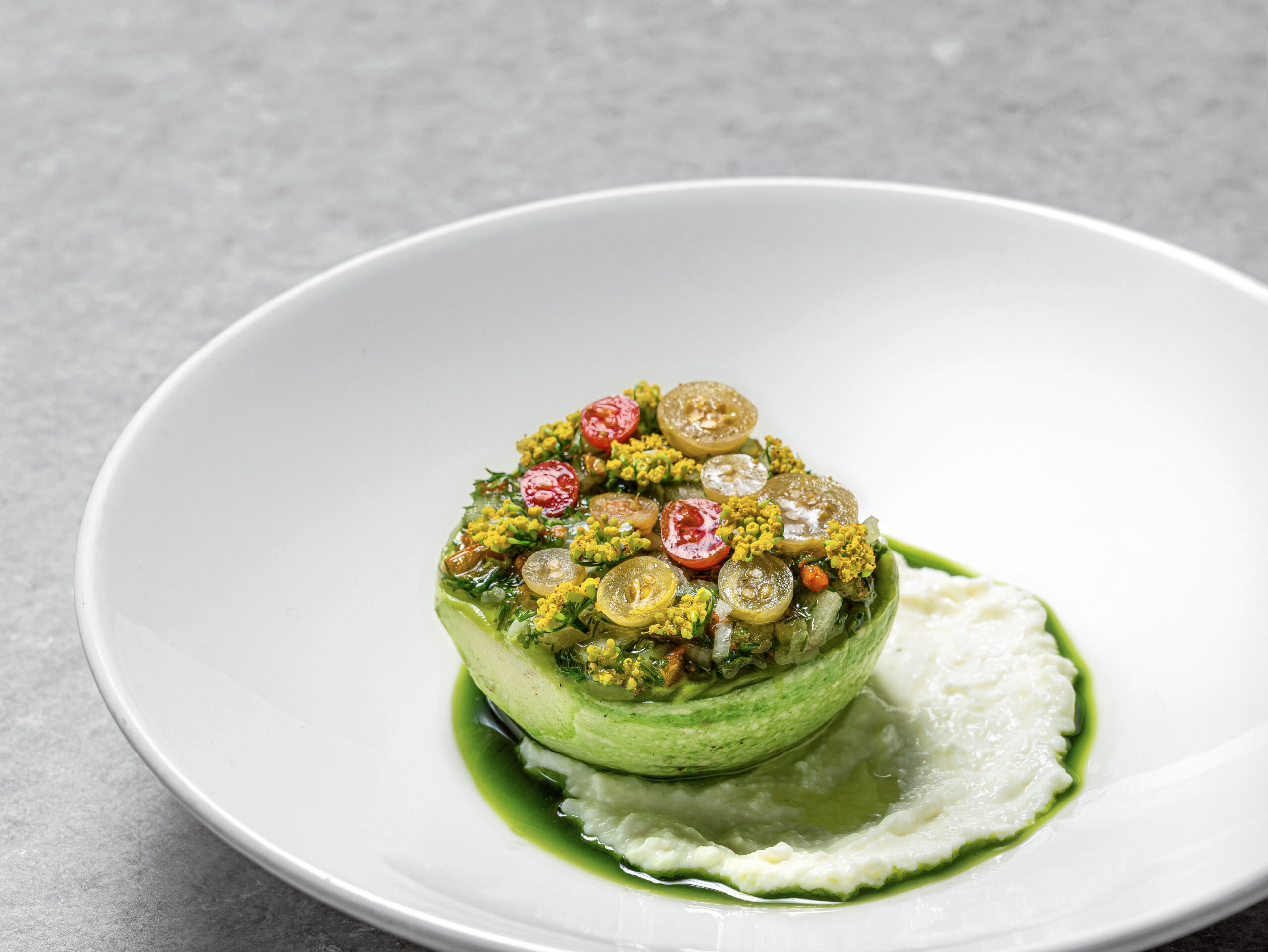
Inventive dish at Silo. Courtesy of Silo.
The Elusive Goal of Industry-Wide Change
The phrases “farm-to-table” and “local and seasonal” have lingered so long in the contemporary diner’s vocabulary, one might worry they’re taken for granted. Surely every restaurant operates under this premise in 2024. Yet for those working within the food world, or deeply attuned to it, the landscape often feels like hovering in a liminal space between competing worlds. A recent story about lobster and caviar piled obnoxiously high atop an A5 Wagyu burger, served with a custom cowboy hat and Champagne for $1800, earned as much clickbait attention as the recent #SOSBiodiversity campaign launched by chef Mauro Colagreco in his capacity as Vice-Chairman of Relais & Châteaux. Probably more.
The world, in fact, has not aligned with the ethos of sustainable dining. Far from it. Yet, a coterie of top tier chefs hope to influence their peers and diners through measurable action.
Colagreco, the acclaimed Argentinian chef behind French restaurant Mirazur, believes in the virtues of short food chains and promotes a circular gastronomy that respects nature’s cycles. In 2019, Mirazur received its third star in the Michelin Guide and was named the best restaurant in the world by The World’s 50 Best Restaurants. In 2020, Mirazur was the first restaurant in the world to obtain “plastic free” certification. In 2022, UNESCO appointed Colagreco a goodwill ambassador for biodiversity, a nomination which highlights his work to preserve endangered species.
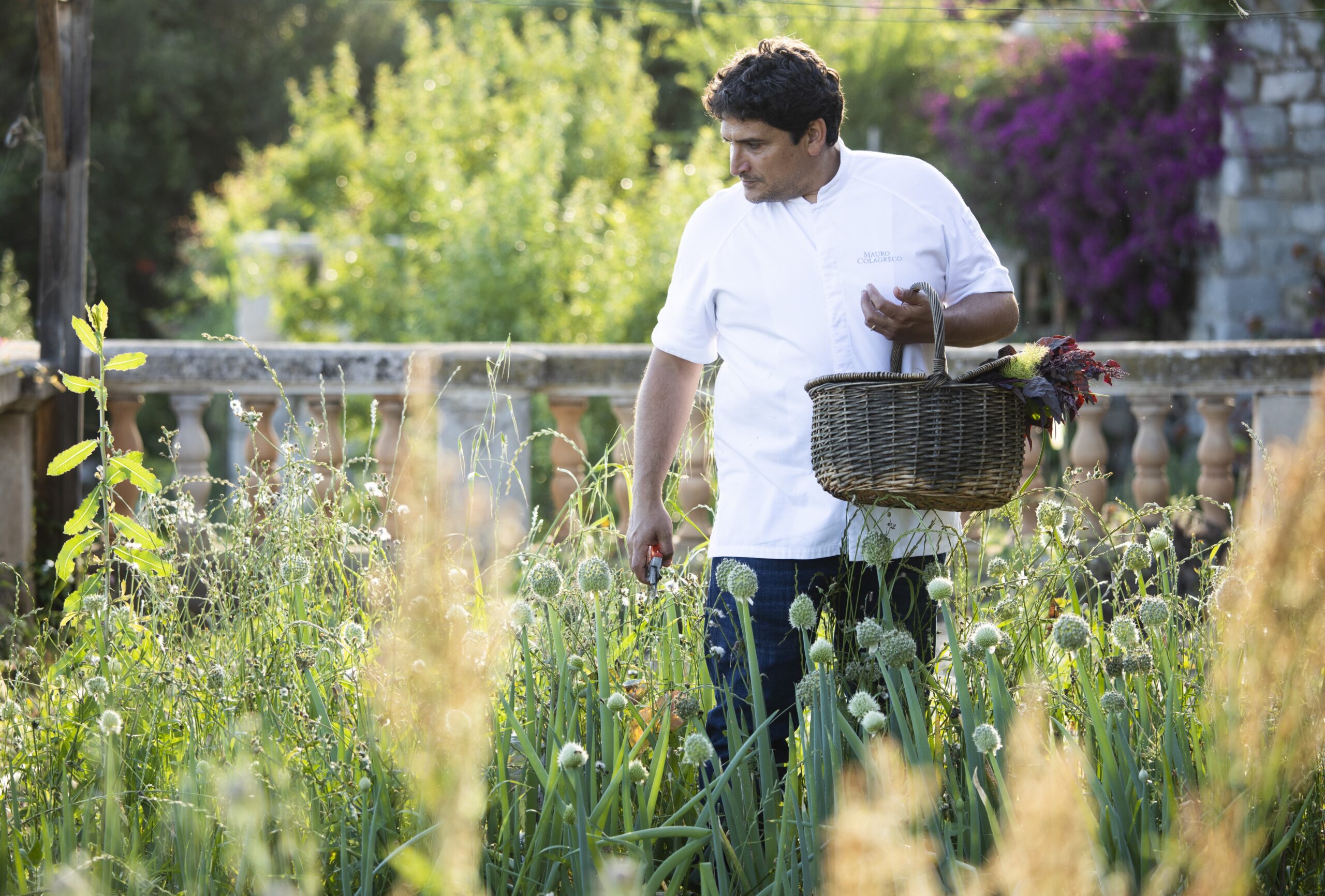
Colagreco at Mirazur, Menton in France. Image courtesy of Mirazur.
Colagreco’s circular cooking calls for consuming ultra-fresh, local, seasonal produce that’s organically or biodynamically harvested from living soil; cooking it in a way that preserves plant and animal biodiversity; valuing products in their entirety; eradicating single-use plastic; and devising cooking techniques and tools to enable this notion of “life-friendly gastronomy.”
The 9-course tasting menu at Mirazur starts at $480 a head.
There is clearly leadership at the top of the fine dining pyramid, and it touches many countries.
Chef Norbert Niederkofler, Head of Culinary Strategy at Horto in Milan, came from a family background in hospitality. His culinary career began in earnest in 2008 when he was running the St. Hubertus Restaurant at the Hotel Rosa Alpina in San Cassiano, Alta Badia, Dolomites.
“It was the first mountain restaurant in northern Italy. I was asking our customers why they came to the mountains. The main answers were nature and food,” says Niederkofler. At the time, his food program was informed by his experience working alongside global culinary masters like David Bouley in New York, and periods working in Tokyo and London, lending an international perspective to his cuisine.
But his attitude changed. “It just didn’t make sense to serve these products to international clients. To be honest, in 90% of the restaurants around the world, you eat the same foods. I wanted to be different and unique, with unique tastes, flavors and a different way of thinking. It took us 5 years to build up the whole system, but now nature is at the center as a starting point,” he says.
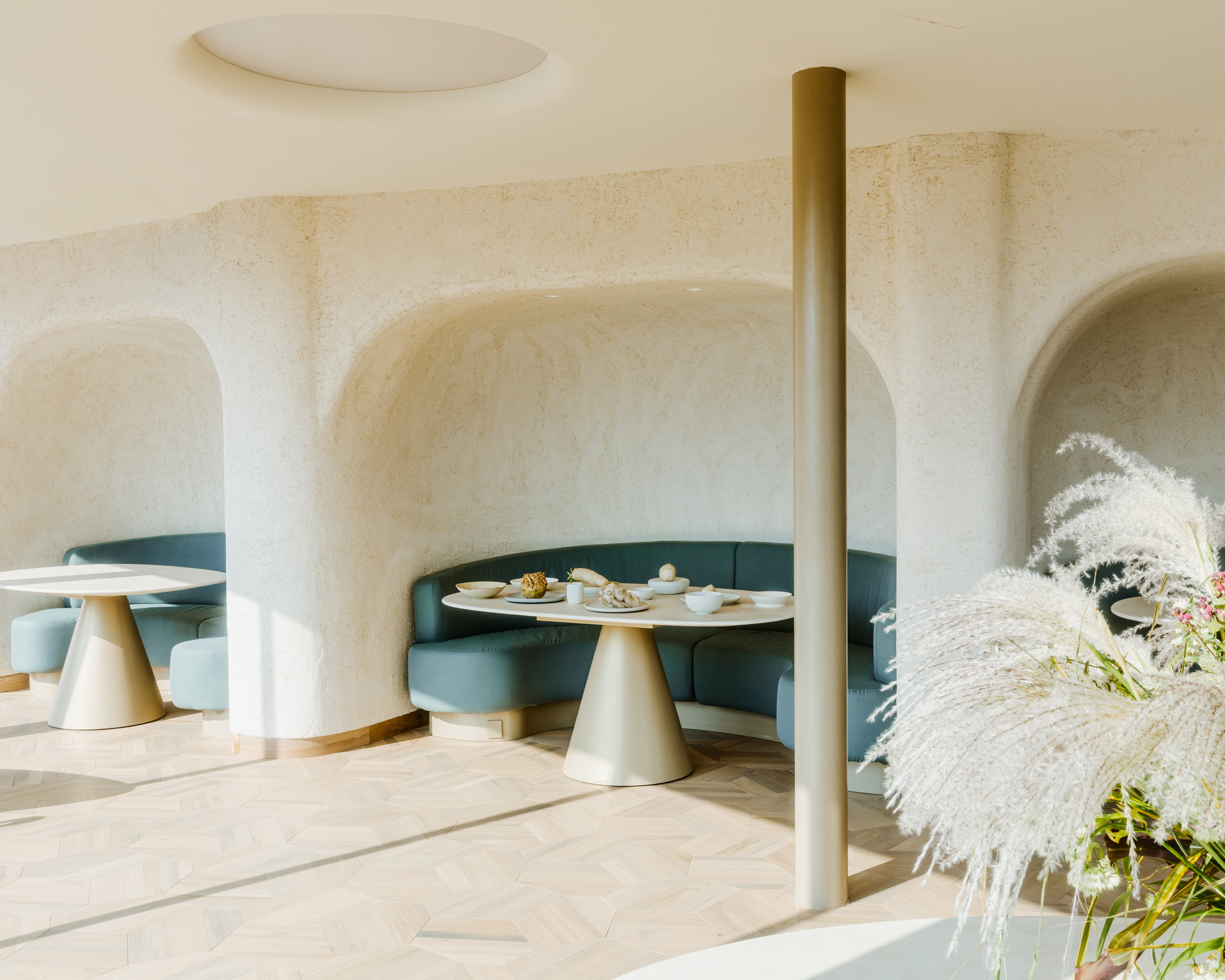
Interior of Horto. Image courtesy of Horto..
Niederkofler’s most recent project occupies a calming nature-inspired space in downtown Milan. Horto, opened in 2022, offers sustainably sourced food in a quiet rooftop garden hidden among the city’s office buildings. The restaurant has both a Michelin star and Michelin green star, earned in 2023, for his “Cook the Mountain” cuisine. With chef Alberto Toè at the helm in the kitchen, the restaurant applies a “1 hour” ingredient ethos: all the restaurant’s suppliers, primarily natural and organic produce farmed in Lombardy, sit within an hour’s drive of the restaurant. Other sustainable practices include a 100% zero waste kitchen policy through the use of fermentation, dehydration, and composting of scraps.
The 5-course tasting menu at Horto starts at $165 a head.
Elsewhere in Europe, Copenhagen has long been a hotbed of innovation. From Noma’s groundbreaking Nordic-first philosophy, to the current crop of vegan and zero waste restaurants like Ark and Tèrra respectively, Copenhagen’s food artisans have committed to the environment with outsized zeal.
Tèrra, run by chef and owners Valerio Serino and his life partner and sommelier Lucia De Luca, leads guest on 15-course zero waste experiential journey through whimsical nature-inspired bites, starting along the Danish coast, and moving inland to foods of the forest and hills. Dark, intimate, and austere, dinner runs nearly four hours yet achieves the holy grail of tasting menu experiences: imprinting guests with the couple’s point of view, one that embodies an intense reverence for the gifts of sea and dirt and defiance towards their squander. One leaves not simply satiated but asking how the lessons of Serino’s kitchen can inspire better practices at home.
And yet, Tèrra accommodates only a handful of tables per night. The shorter “adventure” tasting menu starts at $200 per head before drinks.
The Advent of the Michelin Green Star
To consumers dialed into fine dining trends, it may seem that sustainability is having a moment. “When we started in 2017, sustainability wasn’t the trend it is today,” says Serino.
Tapping into this zeitgeist, Michelin introduced the Michelin Green Star award in 2020. The accolade honors restaurants that excel in sustainable gastronomy. Although each green star restaurant employs unique methods to achieve sustainability, they all share a throughline of minimizing environmental impact. They implement initiatives such as reducing single-use products, utilizing seasonal and local ingredients, and partnering with farmers, foragers, ranchers, and producers who adhere to eco-friendly practices. This commitment includes collaborating with both small, local suppliers and global partners. These restaurants frequently participate in charitable projects or community initiatives. It’s important to note that earning one, two, or three Michelin stars is not a prerequisite for receiving a green star.
McMaster, who earned Silo a green star, believes Michelin is on the right track.
“Michelin is an institution that appreciates that something important is going on with environmentalism. I think it’s got a long way to go – but it’s the beginning of something that will expand. I’d love to see one, two, and three green Michelin stars, in the same way as normal stars are awarded, to recognize levels of sustainable practices. I’m confident we’d get three,” he says.
Dining for the 1% or Trickle Down Effect
Barring a milestone-meriting repast, the cost to dine at these restaurants and other comparable venues remain financially out of reach for the masses. Accusations have been lobbed at this segment of food culture as out-of-touch and untenable, much like the fashion world which it arguably mirrors. However, physically dining at Mirazur, for example, isn’t necessarily the point.
Historically, some have opined that haute couture has shaped silhouettes, inspired ready-to-wear collections, and set the bar for quality and craftsmanship across the fashion industry, even if the average consumer doesn’t shop the runway. It’s the “cerulean blue” trickle-down theory laid out in Devil Wears Prada. Though scriptwriters admitted fabricating the line for the movie, it holds some water. Does fine dining have the same impact on chefs in the trenches?
If one views fine dining as catering to a niche or exclusive market, arguably the greening of this segment solves very little of the world’s food and waste crises. Fine dining, depending on the definition, accounts for 5-10 percent, or possibly less, of the total restaurant industry’s value, especially in light of higher operating costs.
“Although there is progress, it’s been considerably slow, and I understand why. Making your restaurant truly sustainable and beneficial to the planet comes at a huge cost, and a huge sacrifice – I’m aware that to do what Silo does is incredibly hard, and it adds a huge amount of pressure to restaurants. I completely empathize and understand why there hasn’t been a huge uptake. It can be thankless,” says McMaster
However, evidence suggests fine dining shapes broader culinary trends and consumer preferences, from the use of new ingredients, cooking techniques, to dining concepts. Thomas Keller’s lobster mac and cheese. NOMA and the New Nordic movement. The fledgling yet proliferating zero waste movement.
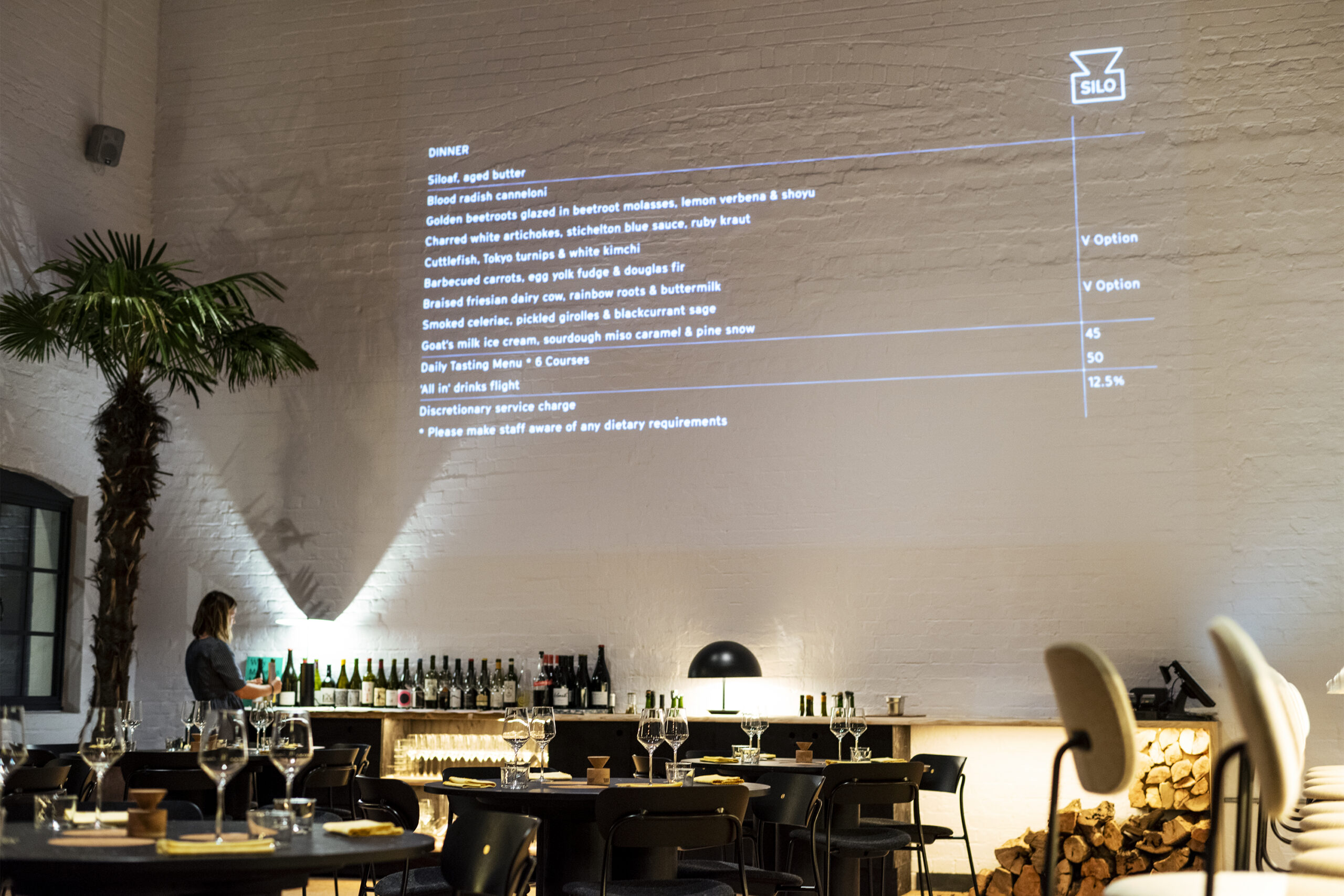
Specials on the wall at Silo. Image courtesy of Silo.
“This shift in perspective and new way of working needs to be done,” says Serino. “If fine dining is doing something important, journalists and media will talk about it, which helps reach a broader audience, even if not everyone can experience the actual dinner,” he says.
McMaster’s zero waste work is as much a thought experiment as a challenge to prove that ethical living needn’t be prohibitively expensive. Homeowners would freely hand over clumps of knotweed to those who asked, as long as they brought their own shovel and gloves. While his tasting menu is pricey, his ethos is egalitarian.
On Instagram, McMaster hosts a series called Zero Waste Cooking School (ZWCS) for 34,000 followers. “The ZWCS is democratizing zero waste – it’s making it accessible to everyone. I’m trying to apply what I know from Silo to the domestic cooking space…The more people understand about a sustainable system, the more people will shop in sustainable places to help bring costs down,” he says.
Colagreco believes chefs working in all dining segments have a role to play that can make a difference.
For example, over the past 20 years, the Ethic Ocean campaign has pleaded with the European Union to save the European Eel which has suffered severe population decline due to habitat destruction, pollution, and illegal fishing. Unfortunately, those efforts have failed to yield tangible results. Colagrego has taken up the cause, empowering chefs to make ethical choices by removing the European Eel from their menus entirely.
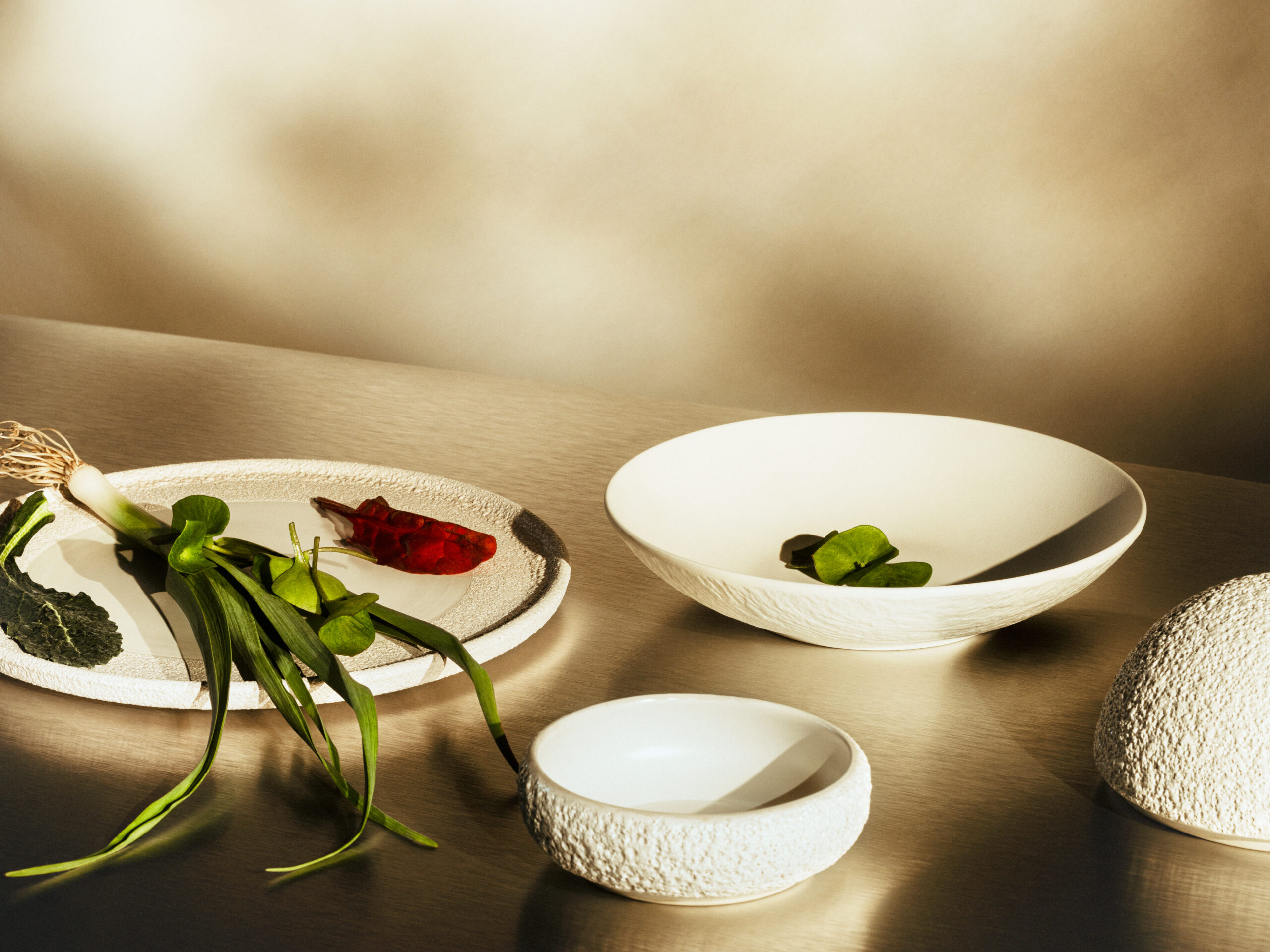
Beautiful tableware at Horto. Image courtesy of Horto.
“We, as chefs, play a major role in influencing our suppliers and customers. It is urgent and vital to offer in our restaurants species that are not overexploited or that have been reared in conditions that respect the environment, animals, and people,” says Colagreco.
Ultimately, chefs in the Michelin leagues are not just imagining new ways to serve foams and tweezer food; they’re creating a conversation about sustainability and the precarious future of the planet. As more figures like McMaster, Colagreco, Niederkofler, and Serino lead by example, the hope is that their innovations and ideas will spread. In the end, the battle for a more sustainable future isn’t just fought in the kitchens of elite restaurants; it’s won on the plates of everyday people, one raw, grilled, sautéed, or pickled knotweed dish at a time
Low-Waste Restaurants with Michelin Green Stars
Silo, Unit 7, The white building, 1st Floor,c/o CRATE Bar, Unit 7 Queen’s Yard, London, England (1 Michelin Green Star)
Horto, via San Protaso 5, Milan, 20121, Italy (1 Michelin Star, 1 Green Star)
Mirazur, 30 Av. Aristide Briand, 06500 Menton, France (3 Michelin Stars, 1 Green Star)
Ark, Nørre Farimagsgade 63, 1360 Copenhagen, Denmark, (1 Michelin Green Star)
Tèrra, Ryesgade 65, 2100 Copenhagen Ø, Denmark (1 Michelin Green Star)
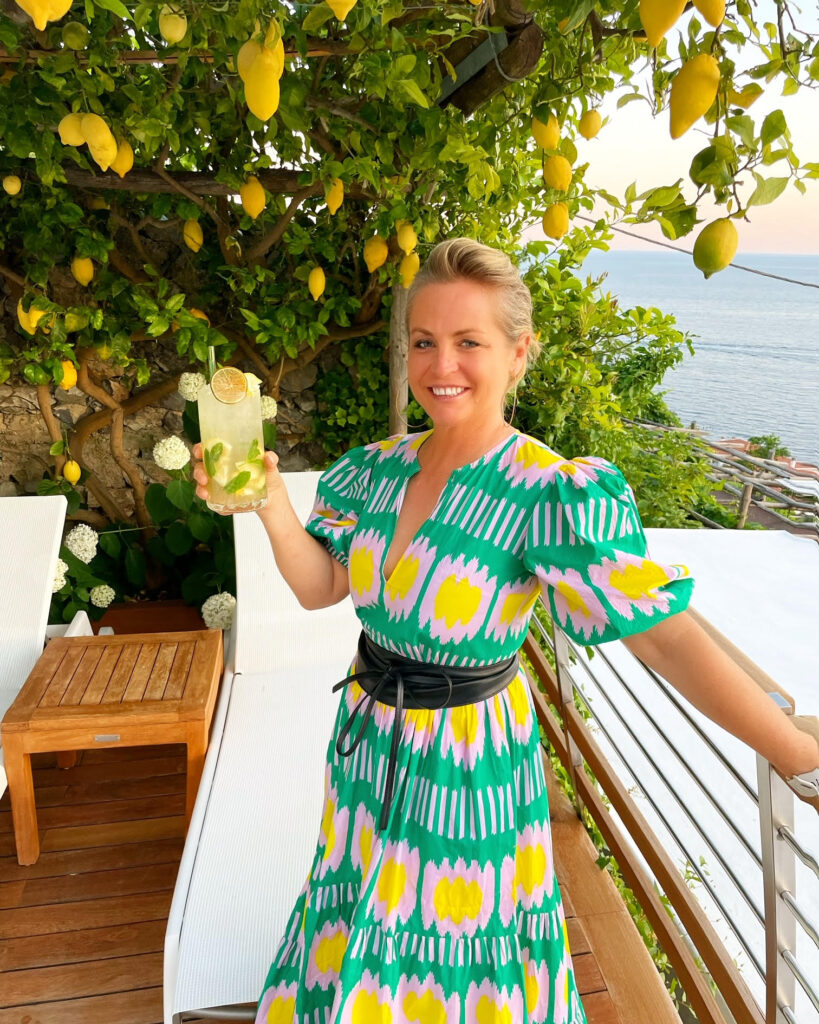
Founder and CEO of Azure Road, Lauren Mowery is a longtime wine, food, and travel writer. Mowery continues to serve on Decanter Magazine’s 12-strong US editorial team. Prior to joining Decanter, she spent five years as the travel editor at Wine Enthusiast. Mowery has earned accolades for her writing and photography, having contributed travel, drinks, food, and sustainability content to publications like Food & Wine, Forbes, Afar, The Independent, Saveur, Hemispheres, U.S. News & World Report, SCUBA Diving, Plate, Chef & Restaurant, Hotels Above Par, AAA, Fodors.com, Lonely Planet, USA Today, Men’s Journal, and Time Out, among others.
Pursuing her Master of Wine certification, she has also been a regular wine and spirits writer for Tasting Panel, Somm Journal, VinePair, Punch, and SevenFifty Daily. Mowery is a graduate of the University of Virginia and Fordham Law School, and she completed two wine harvests in South Africa.
Follow her on Instagram @AzureRoad and TikTok @AzureRoad
North Stars: Carbon Footprint, Production & Consumption, Waste Management


